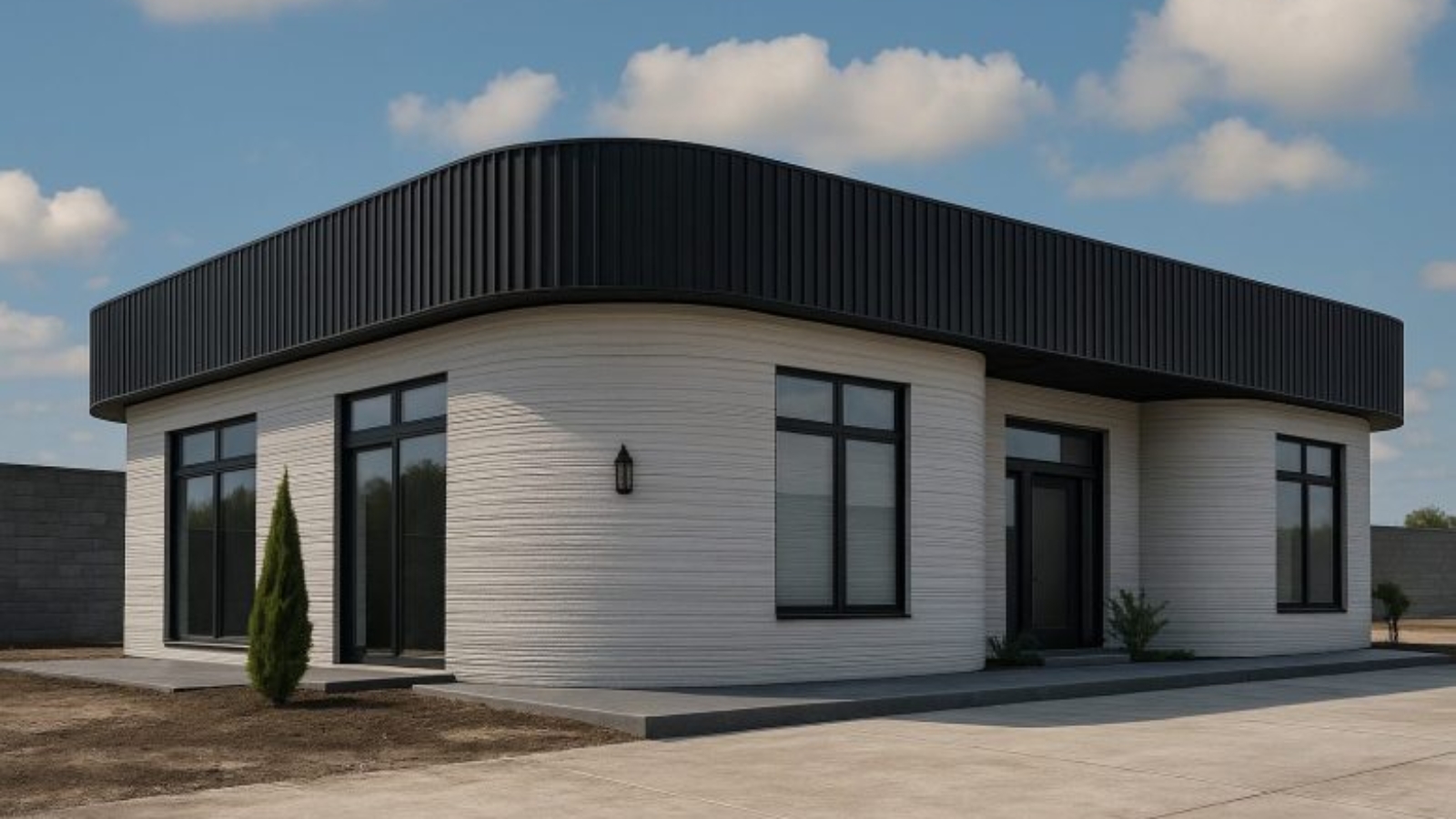Researchers at the Kyiv National University of Construction and Architecture (KNUCA), in collaboration with international partners, have launched a groundbreaking initiative to develop sustainable construction materials from the rubble of war-torn buildings. The project, titled ‘Development of New Approaches and Construction Materials for the Restoration of Ukraine’s Damaged Infrastructure with Consideration for Environmental Sustainability’, aims to create advanced concrete mixtures for both 3D printing and traditional construction techniques.
At the core of this effort is the formulation of innovative concrete blends that incorporate waste from demolished structures, along with industrial and agricultural byproducts. These materials, typically considered unusable, are being reimagined as key inputs for the rapid rebuilding of homes and infrastructure.
Manufacturing on Demand
The project addresses one of Ukraine’s most urgent needs: the reconstruction of housing and public facilities under severe resource constraints. With thousands of buildings destroyed due to the ongoing war, the ability to recycle existing rubble into structurally sound materials could transform post-war recovery efforts. 3D concrete printing, in particular, offers compelling advantages over conventional construction methods, including faster build times, reduced labor requirements, and lower consumption of raw materials and energy.
The research will result in the development of concrete formulations and scalable usage technologies that will be applied in Ukraine, Poland, and the United States. Throughout the two-year program, the team will focus on both civil and military use cases, ensuring adaptability across a wide range of conditions and requirements.
The project is co-funded by the US Office of Naval Research and the National Science Foundation (NSF). It is part of the broader International Multilateral Partnership for Resilient Education and Science System in Ukraine (IMPRESS-U)—a multi-agency initiative led by the NSF’s Office of International Science and Engineering (OISE). Additional research partners include Stony Brook University in the United States and the Jan and Jędrzej Śniadecki University of Technology in Bydgoszcz, Poland.
You might also like:
Researchers pioneer Aerial AM for onsite building construction: Unlike traditional construction or ground-based robotics, aerial robots operate with unbounded scalability, allowing them to build at height and in remote or hazardous environments.
* This article is reprinted from 3D Printing Media Network. If you are involved in infringement, please contact us to delete it.
Author: Edward Wakefield


Leave A Comment